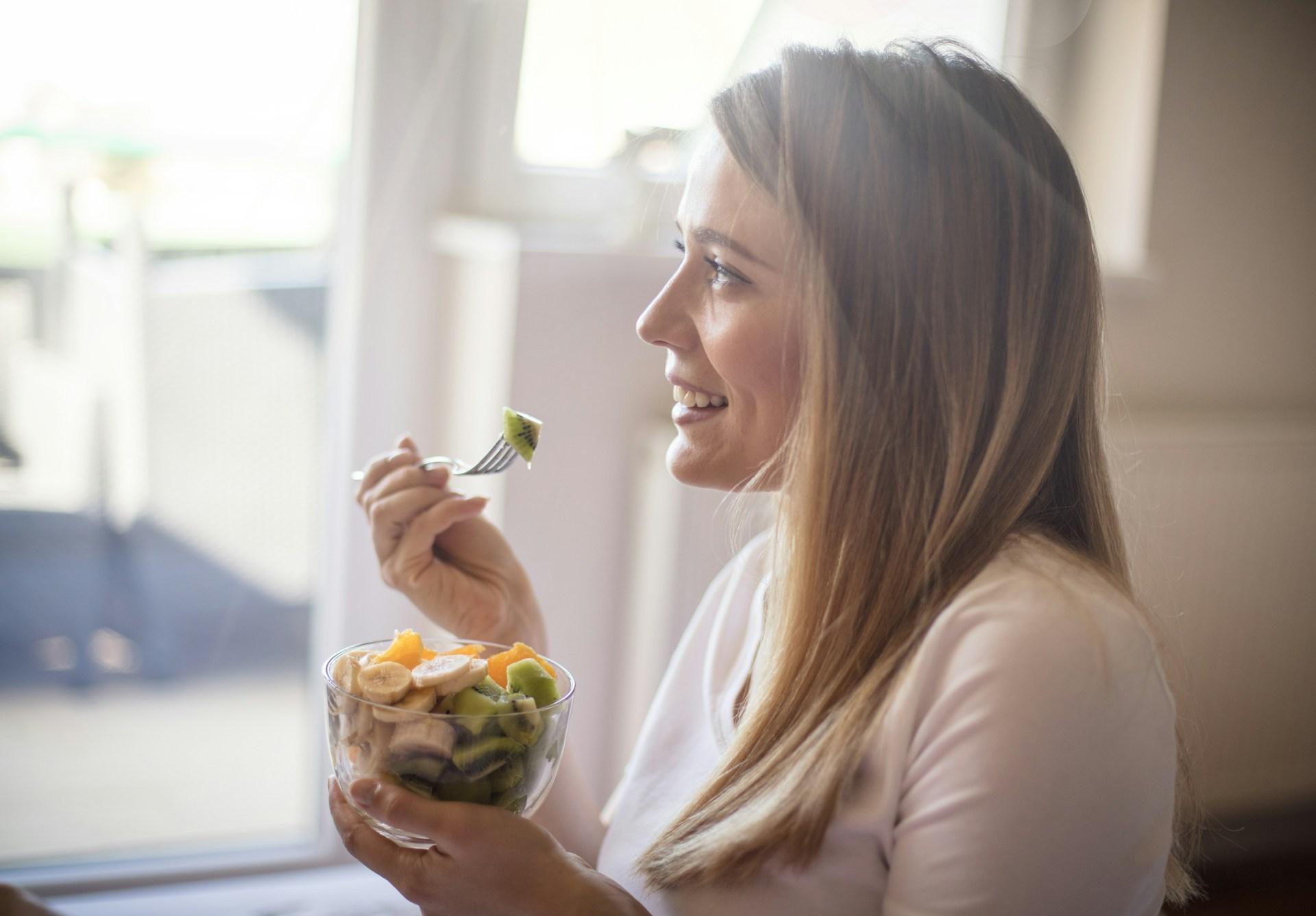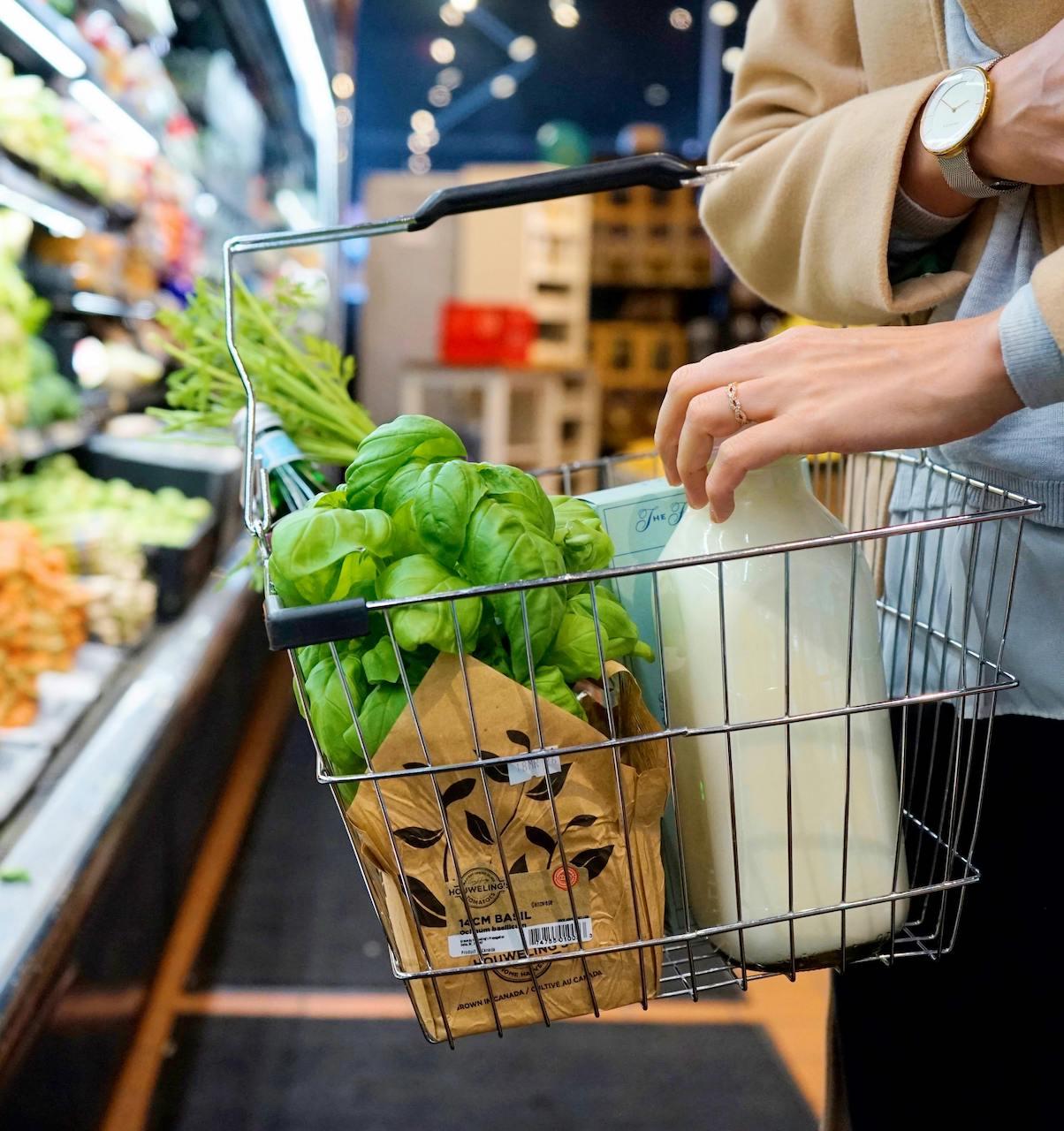What do a McDonald’s cheeseburger, a sleeve of Oreo’s and a bag of spinach all have in common? No, they’re not answers to “Two Truths and a Lie” of what I ate yesterday. Surprisingly they are all processed foods. Besides sounding like the set up to a cheesy Dad joke, that question gets you thinking about what “processed” really means and what it means in terms of nutrition and health. Spinach probably doesn’t come to mind when you hear the words, “processed food,” so let’s dive into the definitions and nutritional differences among different levels of processing.
What are processed foods?
Processed foods are not all created equally. (Sorry, McDonalds lovers.) The USDA defines a processed food as “one that has undergone any changes to its natural state.” This includes washing, cleaning, milling, cutting, chopping, heating, pasteurizing, blanching, cooking, canning, freezing, drying, dehydrating, mixing, and packaging. So unless you are growing your own tomatoes outside and eating them off the vine, it’s likely that everything you buy and eat from the grocery store, even fresh fruits and vegetables, has some level of processing. Processed foods can be broken up into 4 main categories:
Minimally Processed
These foods are ones in which nutritional quality isn’t altered and are packaged for convenience: Bagged leafy greens (like bagged spinach), washed apples, a bundle of bananas with a tie around the stems to hold them together, pre-sliced vegetables and nuts in packaging.
Foods Processed at Peak
Processing to these foods is done to lock in nutritional quality and preserve freshness: Canned and frozen fruits and vegetables. (Don’t be fooled with canned vegetables, as some are further processed — see the next level below– with added salt and preservatives to extend shelf life.)
Foods With Added Ingredients
These foods have added sweeteners, flavorings, colors and preservatives. This is done to alter or add flavor and texture: Sauces, salad dressings, yogurt and pastry mixes.
Ready-to-Eat Foods — Heavily Processed
This level is what comes to mind when hearing “processed foods.” Foods at this level have the most processing, packaging, and added ingredients/preservatives: Fast food, chips, candy, cookies, packaged pastries, pre-made meals including frozen and microwaveable ones.
Not All Processed Foods are “Unhealthy”
As you can see, not all processed foods can be labeled as “unhealthy.” The bag of leafy greens, bunches of bananas, washed apples, bag of nuts, frozen berries, and salad dressings are all healthy choices even though they are labeled as “processed.”
So now that we’ve established that the word “processed” isn’t alway synonymous with “bad and unhealthy,” what does this mean for you? Generally speaking, if you’re choosing foods mostly from the first two categories and some from the third, you’re choosing foods that still have high nutritional value. These foods provide healthy vitamins and minerals while being low in things that contribute to disease and weight gain.
Health Consequences of Highly Processed Foods
Heavily processed foods in the fourth category might seem convenient and tasty (especially at 3 am) but they are high in calories, salt, sugar, and fat. Many are accompanied by environmental toxins, chemical toxins and carcinogens. They also provide little nutritional value as they’re generally low in vitamins, minerals and fiber. Scary Stat Alert: In the US, around 90% of added sugar intake and 60% of calorie intake comes from highly processed foods. Ah!! The contents in heavily processed foods mean that high intake of them can increase your risk of all-cause mortality, hypertension, high cholesterol, diabetes, obesity and heart disease.
How to Live A Minimally Processed Life
Simply put- the less packaging, the better. Choose to buy whole foods like fruits, vegetables, nuts and seeds, whole grains, lean protein and low fat dairy products. Choose minimally processed foods with minimal packaging and added preservatives. When given the option, consume foods that are nutrient dense with vitamins, minerals and fiber, and low in added sugar, salt and saturated fat.
Check the Nutrition Facts Label
When looking at any food in a package, alway check the Nutrition Facts Label: Look at serving size, amount of calories, saturated fat, added sugar and sodium. See if it’s nutritionally dense by looking for amounts of vitamins, minerals, fiber and protein.
Check the Ingredients List
Avoid lengthy lists. Sure, frozen blueberries come in a package. But there should be one ingredient listed: blueberries. Look for sneaky added sugar, salt and preservatives. Keep an eye out for words like brown sugar, maltose, dextran or dextrose, sucrose, corn syrup, cane sugar, honey and fruit juice concentrate.
I know this is a lot to process, HAHA NOW THAT’S A CHEESY DAD JOKE AYOOO! Processing can be something as simple as rinsing an apple, or as intense as adding preservatives, chemicals, deep frying and sealing in a package. Ugh, labels are hard (and aggressively avoided by the guy I’ve been seeing for months.) Luckily nutrition doesn’t have to be. Stick with the tips above and you can confidently brag to your friends that you live a minimally processed life. When it comes to your relationship with food, make it official- put a label on it: HEALTHY.






